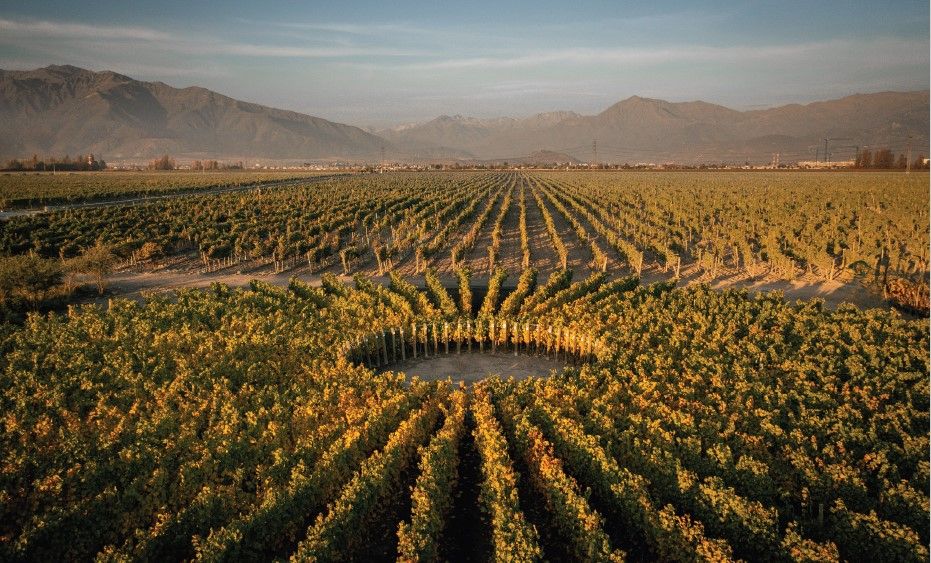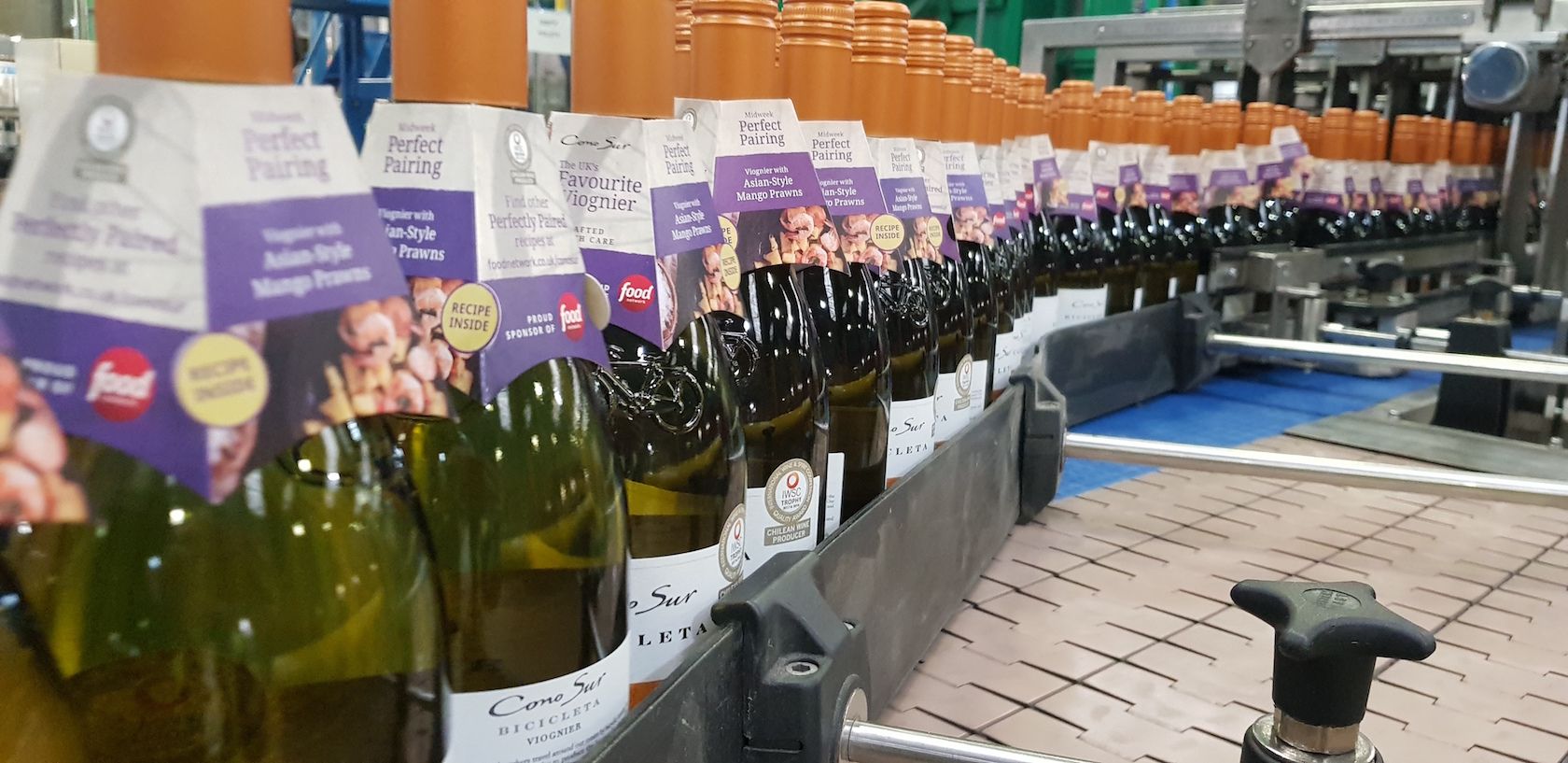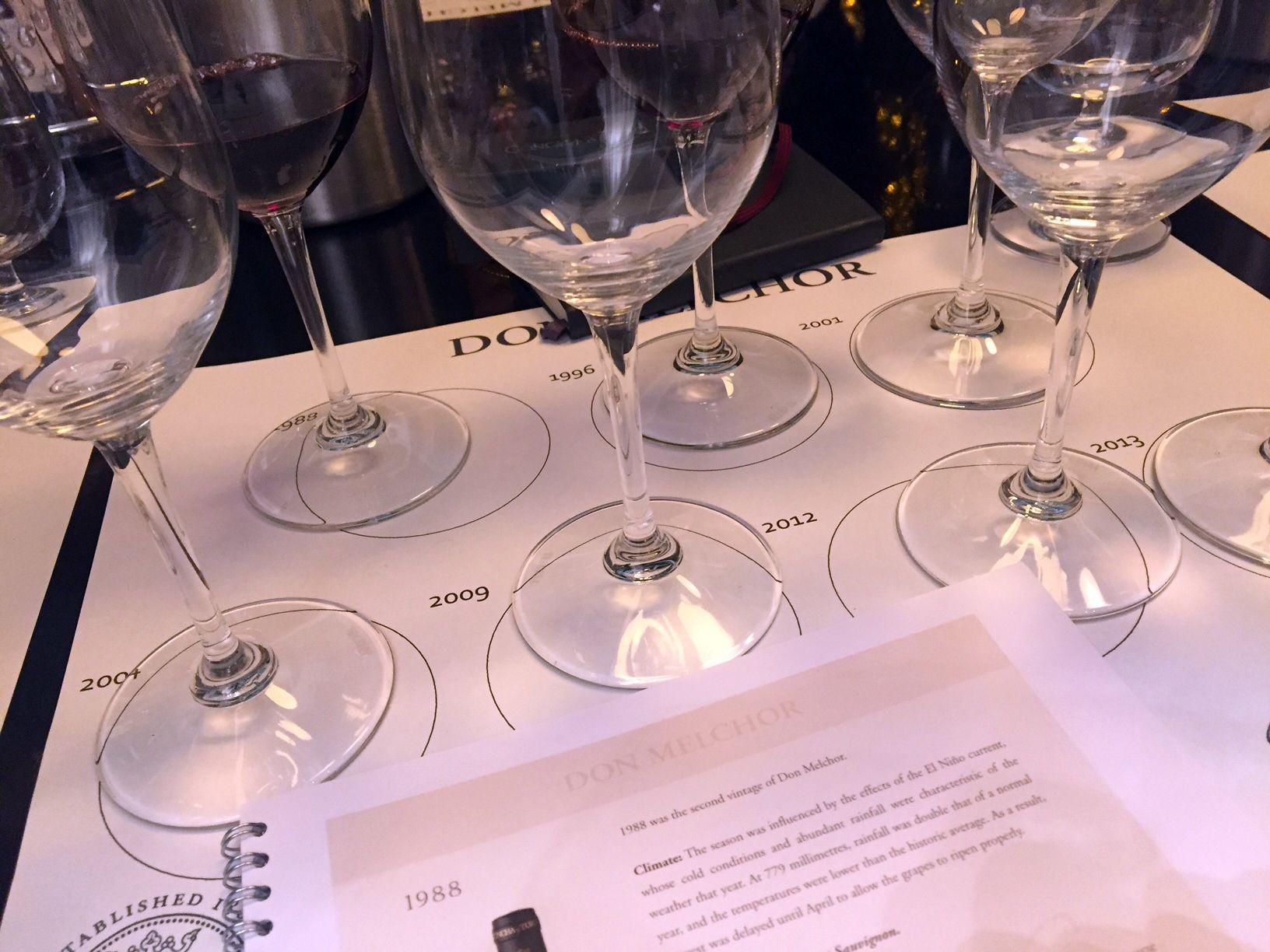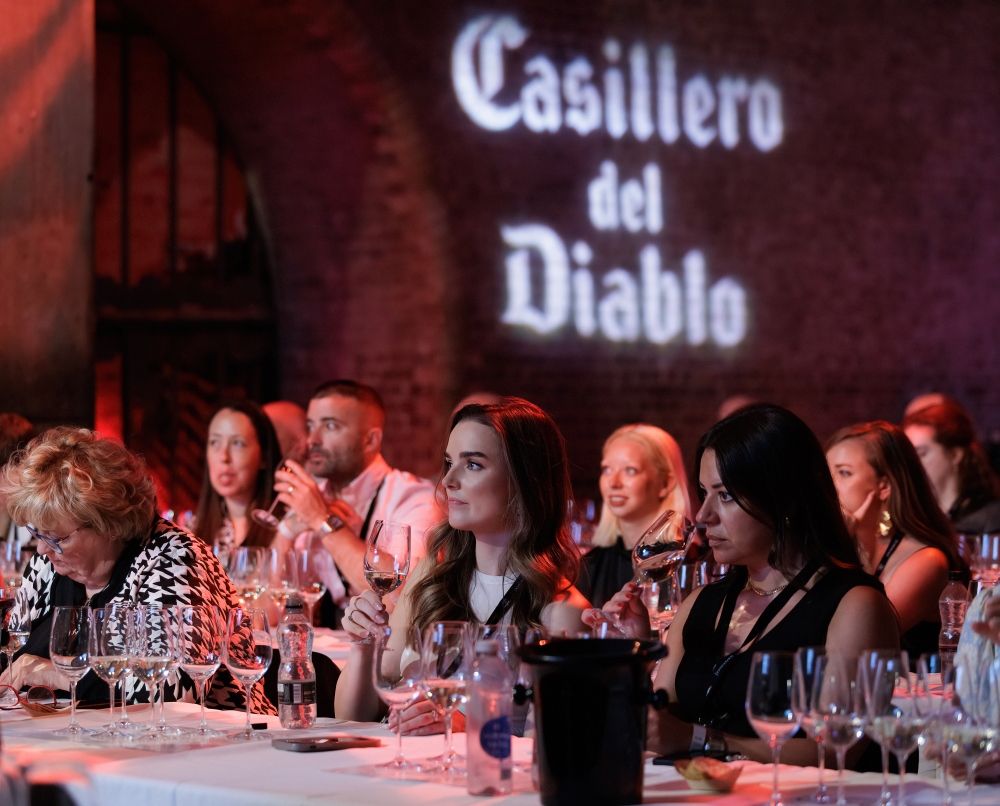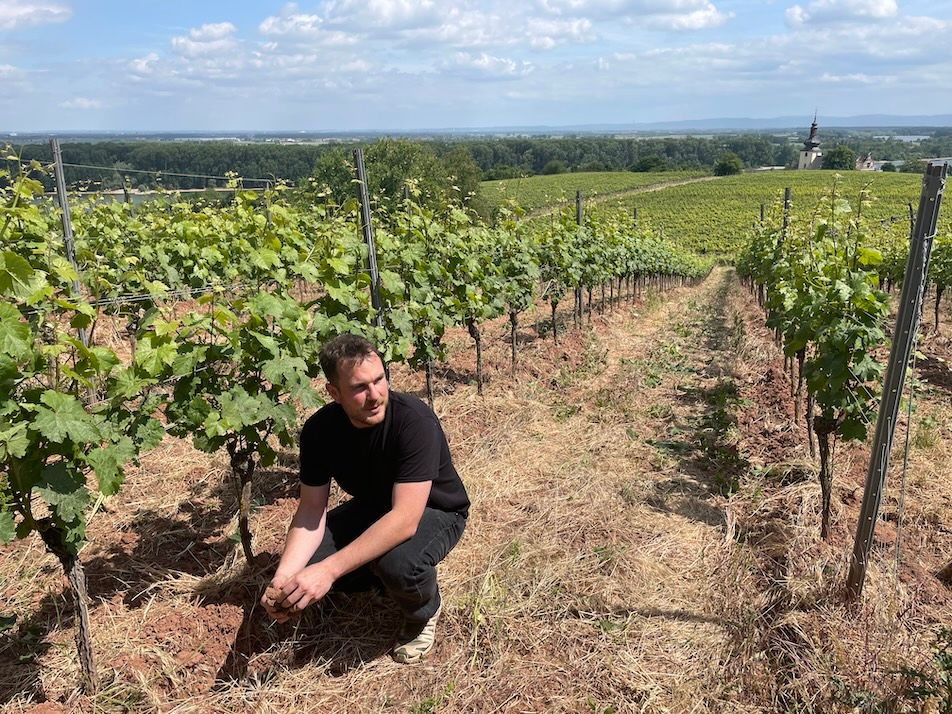Don Melchor was one of a handful of wineries which were instrumental in helping put premium Chilean wines on the map back in the 1980s when the general consensus was it was a country great for good value wines but not those of the highest quality.
Don Melchor helped turned all that on its head, collaborating with the renowned French wine experts, Emile Peynaud and Jacques Boissenot, to help elevate the Don Melchor vineyard and its wines to the globally renowned status it enjoys today.
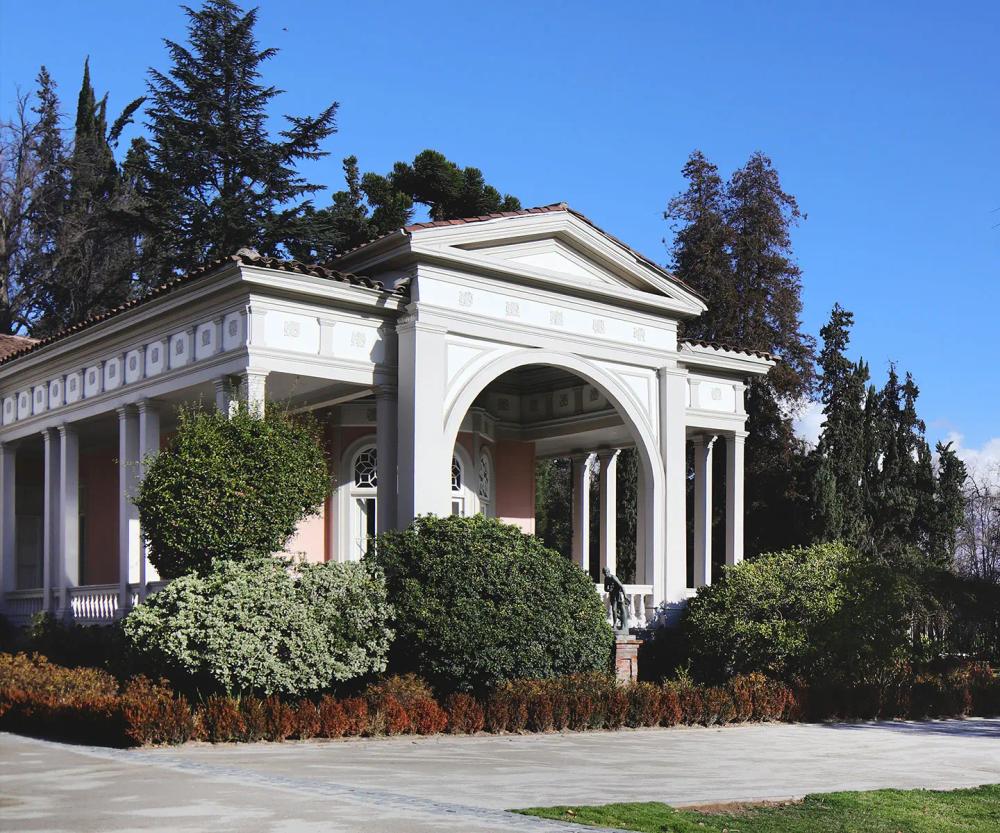
Don Melchor continues to lead the way for premium and fine wines from Chile - and is Wine Spectator's current number one wine in the world for its Don Melchor Cabernet Sauvignon 2021
Its first vintage in 1987 showed just how great wines from this terroir can be, establishing the fundamentals of modern Chilean viticulture.
The wines went on to garner international recognition, with the 1988 vintage being acclaimed as amongst the best wines in the world by Wine Spectator, while the 2018 vintage was awarded a maximum 100 points by US wine critic James Suckling, propelling the winery into a select elite of some of the world’s greatest wines.
Now its Viña Don Melchor Cabernet Sauvignon 2021 has just been named this week as Wine Spectator's Wine of the Year 2024.
Standing alone
In 2019 Viña Don Melchor became a standalone business within the Concha y Toro Group, with Enrique Tirado heading up operations as winemaker, technical director and chief executive.
He believes operating as a separate business has made it easier to communicate the quality of the wines.
“I think that’s definitely easier as a separate entity,” he says. “It allows us to be very, very single minded rather than being within a larger portfolio.”
So what does Tirado believe is so special about the Don Melchor terroir, which is situated in Puente Alto in the foothills of the Andes?
“It’s a combination of factors,” he explains. “There is a huge influence from the mountains in terms of soil and weather. We have poor, stony soil in terms of the nutrients, but at the same time it is complex soil – Andean material carried down by the Maipo river. So that’s perfect for making Cabernet Sauvignon-based wines. That complexity is very important because it enables us to produce a wine with a lot of complexity and different layers.”
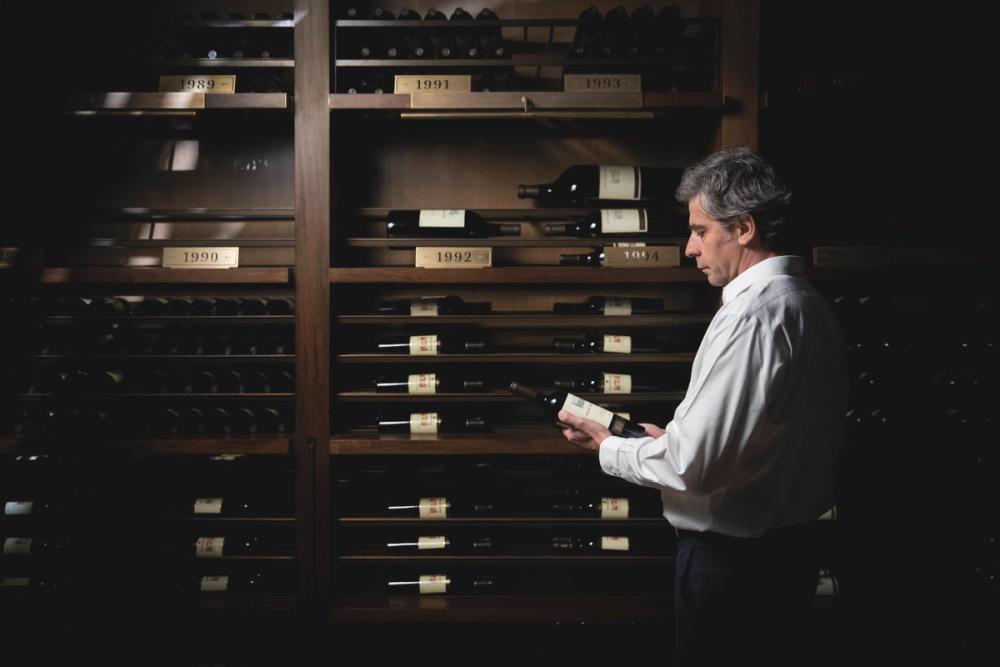
Don Melchor's chief executive and winemaker Enrique Tirado says operating as its own identity has given it the focus it needs to be make the best possible wines
The large diurnal temperature range is another factor in its favour, claims Tirado. “With the cold wind blowing down from the mountains we have a huge difference between the day time and night time temperatures- up to 20 degrees difference - which helps to maintain the freshness of the wines and their expression and maturity.”
It might now be firmly established as one of the pioneers of the Chilean wine industry, it is not content to rest on its laurels, and continues to experiment and innovate with its approach to viticulture.
Sundial Vineyard
The Sundial Vineyard (Viñedo Solar) project is a case in point. An experimental vineyard of just 0.16 hectares and planted in 2018 with 100% ungrafted Cabernet Sauvignon, the purpose of the exercise was to gain data into how the orientation of the vines and their planting density affects the grapes and their development and ripening.
While traditional vineyards are laid out in easy-to- navigate grids, making it easier and more practical to farm, the 900 vines in the Sundial vineyard are planted in a radically different way. Here, they are laid out in the shape of a bicycle wheel or sundial, with the vines closer together at the centre where the 15 metre long “spokes” converge and spread further apart at the outer edges. Planted six degrees apart, there are 60 rows in total with each row measuring 15 metres.
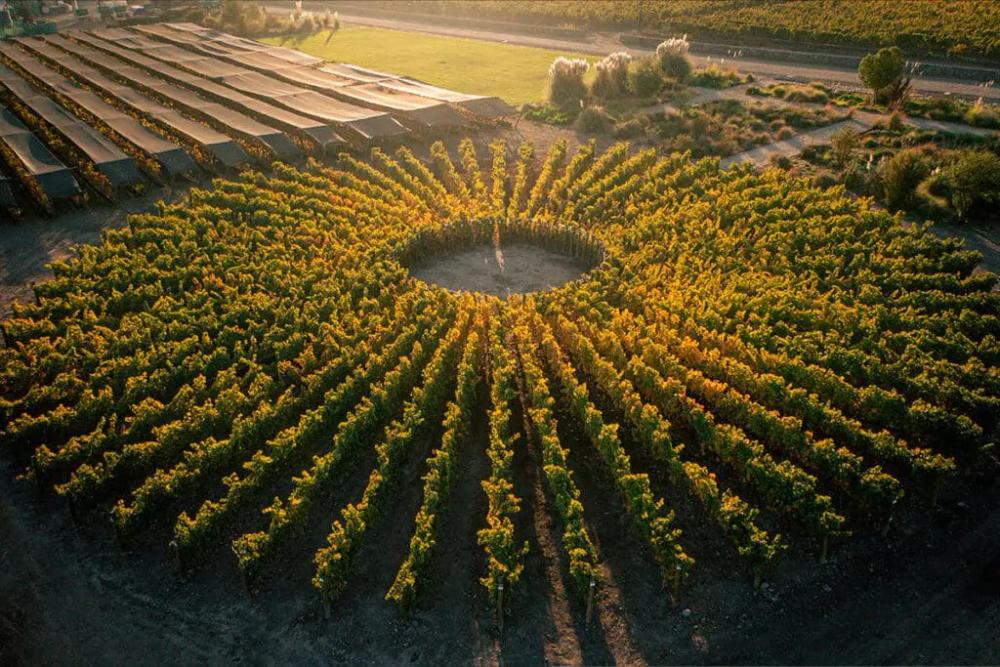
Don Melchor's iconic sundial vineyard
“The vines become denser in the centre, with only 50cm between them, while at the outside they are two metres apart. It’s all about finding the optimum balance between the orientation of the vineyard and the density of the plants,” explains Tirado. “There are a few degrees of difference between the vines, and that means they photosynthesise in different ways, producing different phenols within the grapes.”
This enables the team to determine the relative impact of various factors such as temperature, solar radiation, the level of photosynthesis and density on where the vines thrive best, and provides “huge amounts” of data on everything from the phenol compounds of the wine, the colour, aromas, flavour, tannins, PH, acidity and sugar content, depending on where the grapes were planted.
The data that Tirado and the team have gained from the experiment is proving “invaluable” and have already resulted in “significant changes” in the vineyard, he says.
“Today we are using all this data to help us in vineyard management. We can’t rip out the old vineyard, but when we do replant, we are able to do so with the best possible information. As a standalone winery this gives us the independence to make many decisions informed by the fantastic data we have.
“We have learned so much from this,” continues Tirado. “We are able to see the difference of one or two degrees Celsius in the vines from row to row. We are now better able to manage the temperature in the vineyard, as well as how to use water more efficiently, and improve our canopy management. It’s been a hugely worthwhile experiment, and every year we continue to benefit from the data it provides.
Taking control
In light of global warming and climate change producers may not have control of the increasingly warming planet, but they do have some agency over the vineyards they tend, and this ability to have more control of temperature of the vineyard’s microclimates is a huge advantage, he adds, pointing out that a new parcel of land which was planted in 2022 has benefited from the findings of the experiment.
“We were able to plant the new vines with the very best information available to us,” he says. ” All of this bioclimatic data will allow us to ultimately achieve better quality wine.”
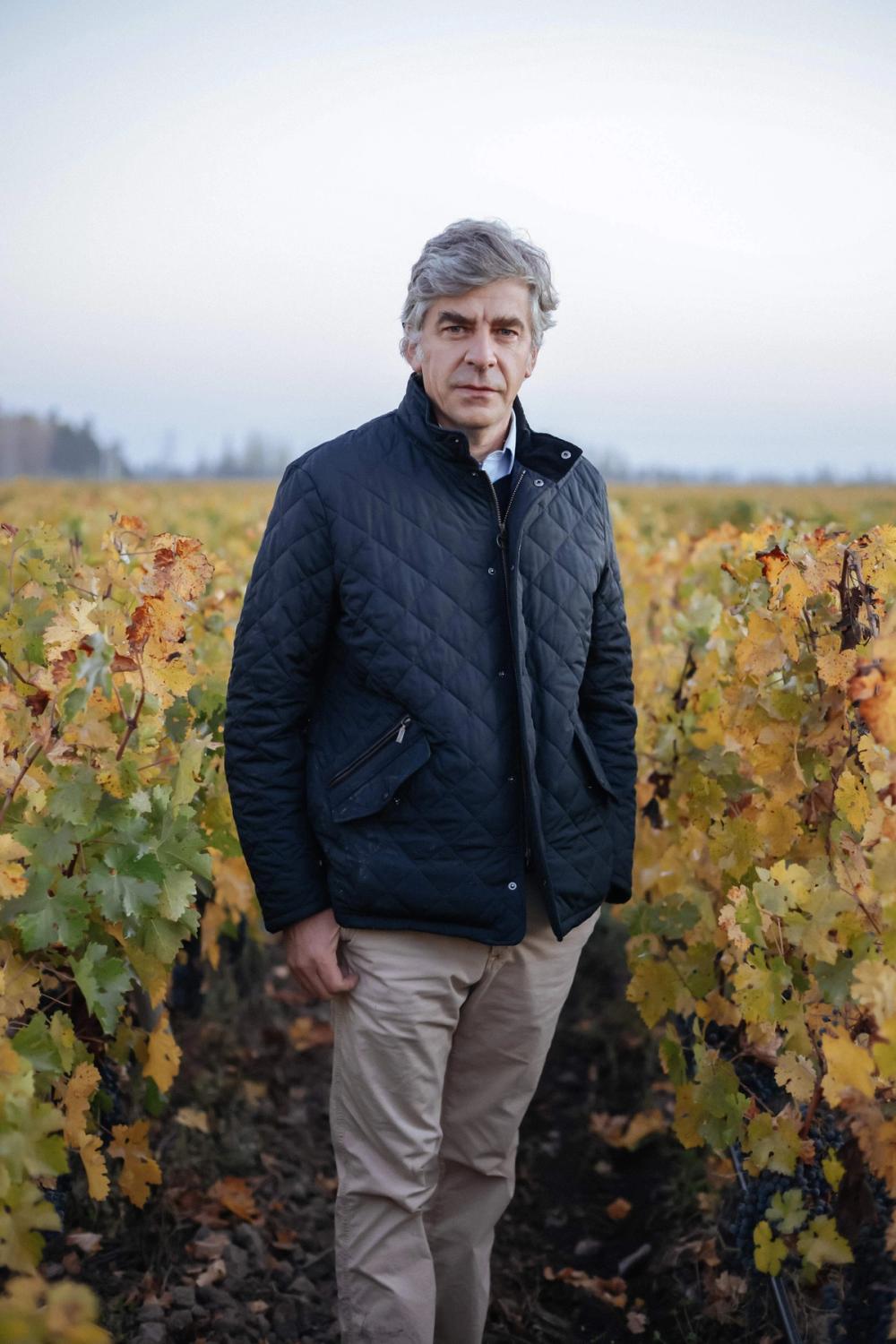
Enrique Tirado: "It all about achieving excellence in everything we do and extracting the best potential from the vineyard."
Water in the vineyard has been a big concern for years in this very arid region, according to Tirado, but now the information gleaned from the Sundial vineyard has much improved the efficiency of irrigation.
“We have enough water, but we need to be smarter in terms of how we use it. We are using less than we used to as we have become more efficient, and we are using it at the right time, thanks to the information we are obtaining from the vineyard. This is giving us an improved understanding of its best use. It will allow us to take measures in the vineyard to overcome the challenges posed by a more variable and changing climate.”
Additionally, the valuable data will help the winery enhance the biodiversity of the vineyard, promoting the life on the soil as well as its overall health.
“Someone said to me recently, why don’t the French do this? And I said, because they’ve had over 500 years to work it all out by trial and error. We needed to catch up pretty quickly, and this is a way of doing centuries’ worth of experimentation in a much shorter time frame.”
“It all about achieving excellence in everything we do and extracting the best potential from the vineyard.”
A very important aspect of this is the parcel concept, continues Tirado, who when he joined the business in 1997 took the decision to subdivide the existing 127 hectares of vineyard into around 150 smaller parcels from the original 35 or so.
“It means all the vineyard management is made according to each individual parcel, as well as the vinification. The final blend also comes from the parcel concept – because each of those parcels are individually vinified to make their own wine which then become the components of the final blend.”
Tirado likens the process to being a conductor of an orchestra, working with over 150 instruments to achieve the ultimate finished product. “We don’t just want Cabernet Sauvignon expression; the wine wouldn’t have enough complexity or layers. This allows us to really fine-tune the wines, adding those extra elements. Our goal is to achieve the best complexity, the best expression, with a lot of different aromas and flavours.”
Winemaking philosophy
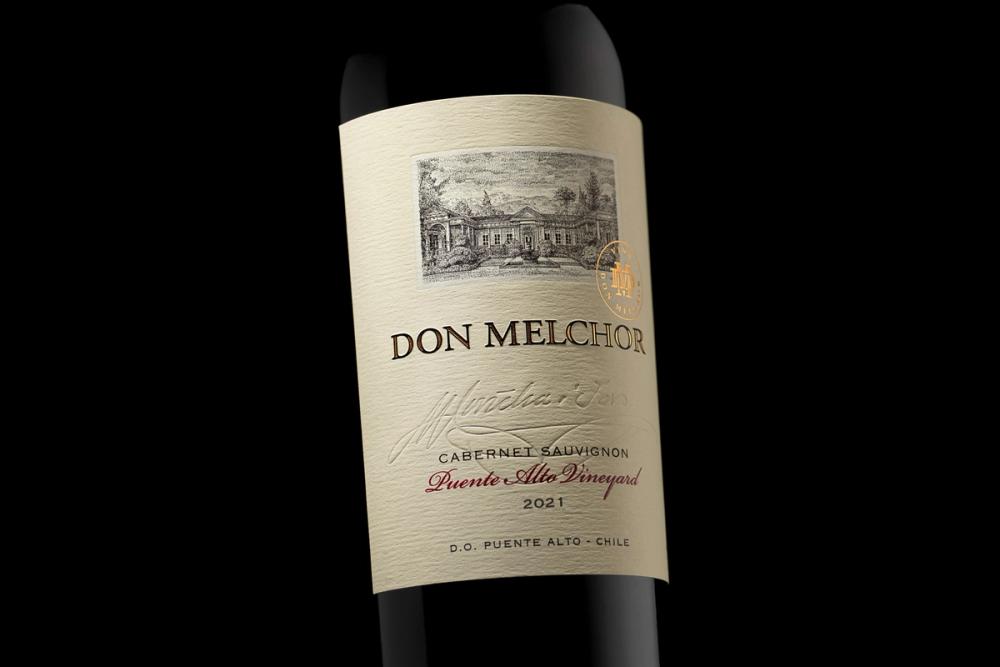
Don Melchor has earned its place in the fine wine lists of the world
Tirado is clear about his winemaking philosophy: “I love to make wine that really expresses its origins, that is my philosophy. To respect the natural expression is important to me. And to make a wine which is globally recognised, but not made with a particular market in mind, rather than making what the market thinks it needs or influenced in any way by market demands. It is what it is and that’s a more authentic way.”
Don Melchor currently ships to over 70 countries, satisfying demand from private collectors who have elevated the wines to almost cult like status, with former Manchester United manager Sir Alex Ferguson being given the credit for much of its popularity in the UK.
“Don Melchor is served in the director’s lounge at the club, as Sir Alex is a big fan of the wine, and has been very influential,” says Tirado.
However, he would like to see the wine become more widely available in the UK on-trade, a sector which he feels is ripe for development. “We do really want to build our presence in that market and are looking for interested partners. It’s a gorgeous food wine, so that’s not the issue, we simply need to make sure the right people are getting a chance to taste it.”
“The UK is a very important market for us, but at the same time one of the most challenging,” adds Tirado. “We see it as a global shop window, especially in terms of the number of influential wine writers and Master of Wines operating here.”
The fastest-growing markets, meanwhile, include Central America and Asia, including China. All of whom are opening up to the potential and quality of premium Chilean wine focused on taking its viticulture and winemaking to the next level.
* You can find out more about Viña Don Melchor at its website here.
